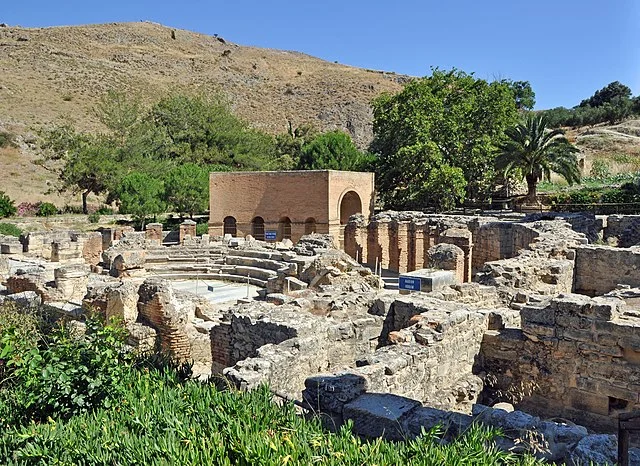Gortyn, located in southern Crete, was an ancient city-state with a rich history. It was an influential center from the Minoan period through Roman rule. Today, it is an important archaeological site.
Get your dose of History via Email
Early History of Gortyn
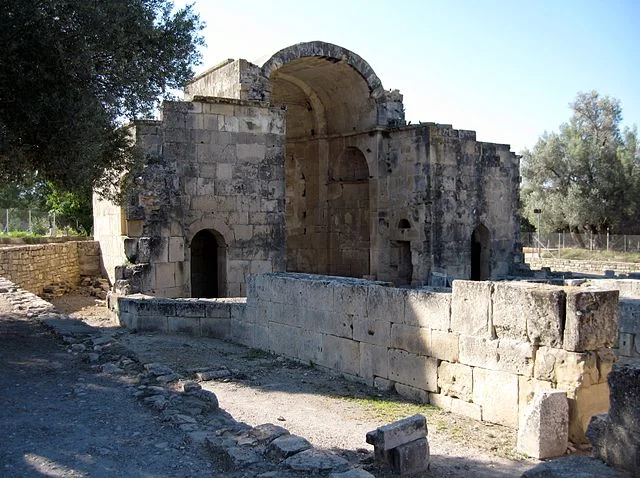
The city of Gortyn likely emerged around 3000 BC. It became a significant power during the Minoan period. Gortyn’s prominence continued into the Classical and Hellenistic periods. By 500 BC, Gortyn was a thriving city-state that dominated southern Crete.
The Gortyn Code
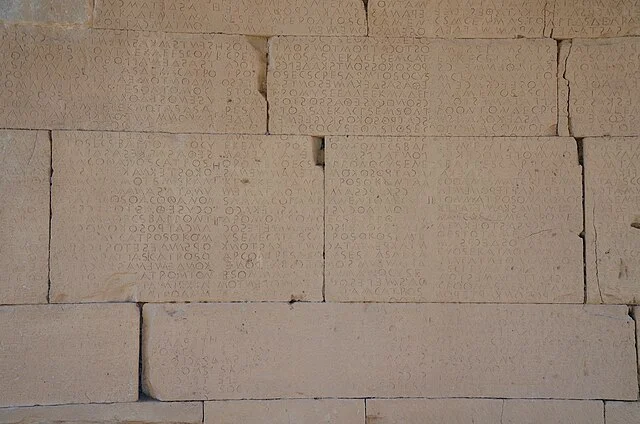
One of the most significant discoveries at Gortyn is the Gortyn Code. This legal code, inscribed on stone slabs, dates back to the 5th century BC. It is one of the earliest and most complete examples of Greek law. The Gortyn Code covers various topics, including family law and property rights.
Roman Influence
Gortyn rose to greater prominence under Roman rule. By 67 BC, it became the capital of the Roman province of Crete and Cyrenaica. The city expanded, and Roman architecture, such as public baths and an amphitheater, transformed its appearance.
The Decline of Gortyn
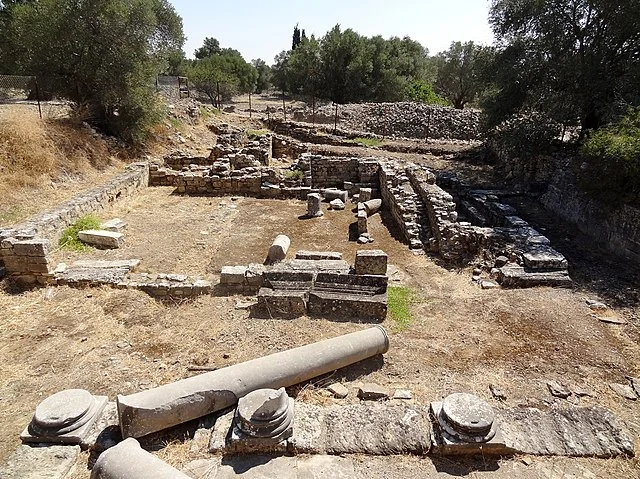
Gortyn began to decline in the 4th century AD. A series of earthquakes, particularly one in AD 365, severely damaged the city. By the 7th century AD, Arab raids and further natural disasters led to its abandonment.
Archaeological Significance
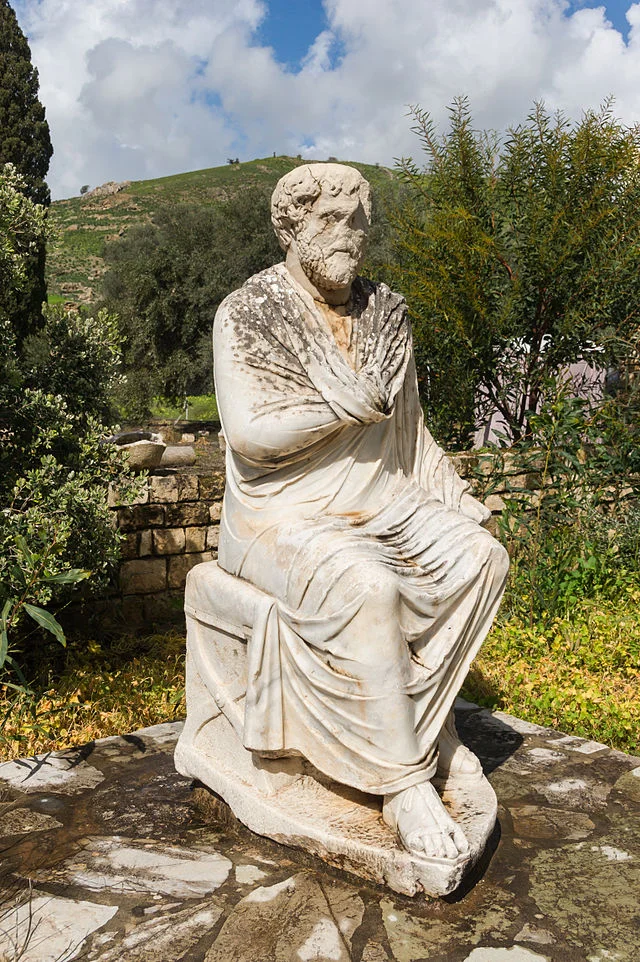
Excavations at Gortyn have revealed much about its past. Archaeologists have uncovered Minoan remains, Roman buildings, and the famous Gortyn Code. These discoveries have provided invaluable insights into ancient Cretan society.
Conclusion
Gortyn played a key role in Crete’s history for nearly 4,000 years. From its Minoan origins to its Roman prominence, it was a hub of political and cultural activity. Today, Gortyn remains a significant site for understanding ancient Mediterranean civilizations.
Source:

